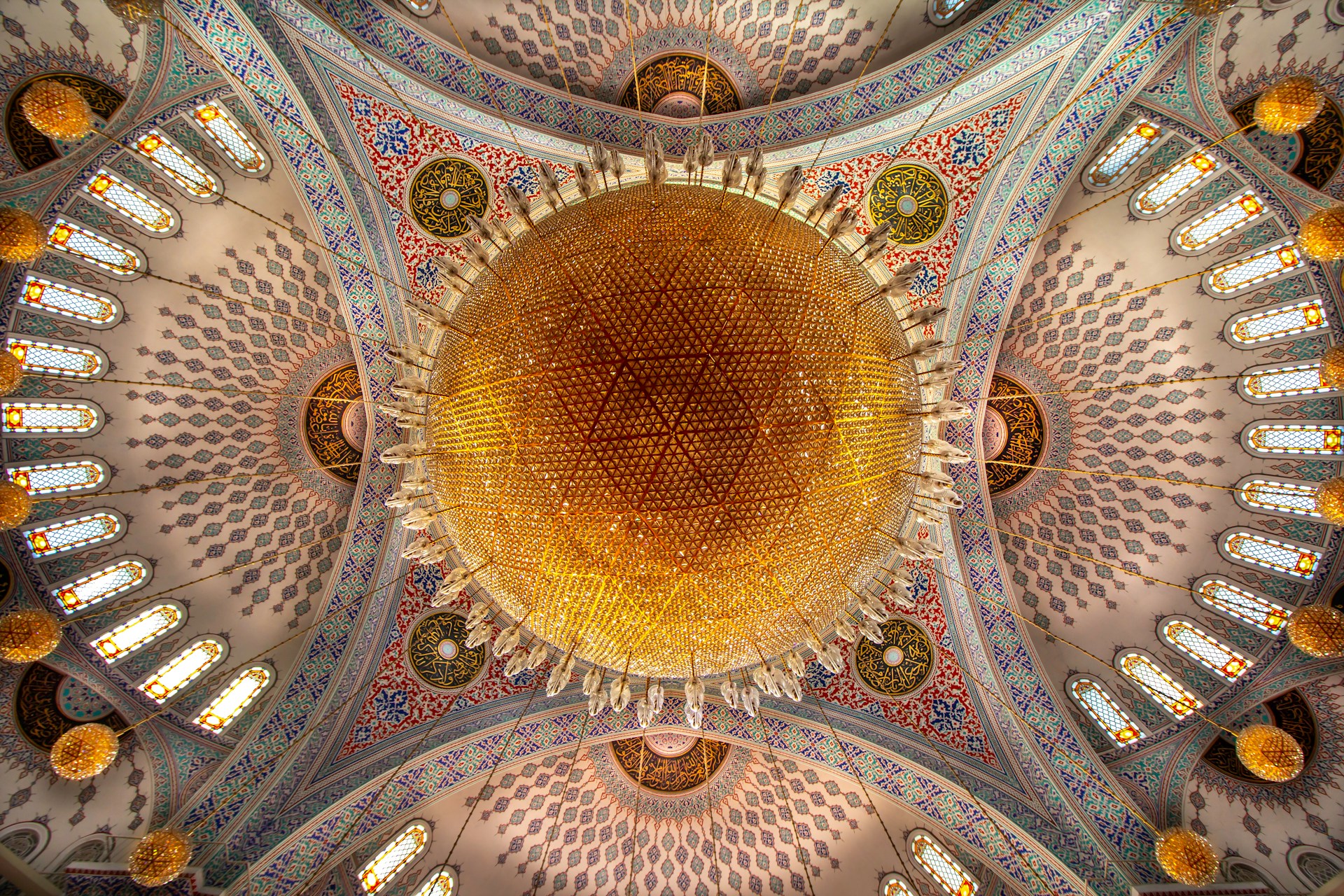A home with high ceilings presents unique challenges and opportunities in terms of lighting. From chandeliers to pendant lights, wall sconces to LED recessed lights, the plethora of choices can be overwhelming. But let’s focus on what’s truly important: how can you create an energy-efficient lighting plan for your high-ceiling home? Through the intelligent design and use of lights, you can create a welcoming space that doesn’t require an enormous energy draw. Let’s delve into the world of lighting design and energy efficiency.
Why High Ceilings Demand a Unique Lighting Approach?
High ceilings can create a sense of grandeur and spaciousness in a home. However, they can also pose a challenge in terms of lighting. Standard lights may not provide adequate illumination for a room with high ceilings, resulting in dark corners and poorly lit spaces.
Dans le meme genre : What’s the Best Way to Design a Nursery that is Safe and Stimulating for a Newborn?
LED lights are a high-performing and energy-efficient solution to this problem. They have a higher light output than traditional bulbs, making them suitable for spaces with high ceilings. Moreover, LED lights consume less energy, contributing to a lower energy bill.
Designing a lighting plan for a home with high ceilings requires a careful balance. Too much light and your home may feel impersonal and stark. Too little light and your beautiful design features may go unnoticed.
Lire également : What Are the Coziest Materials for a Winter-Themed Bedroom Makeover?
Taking Advantage of Natural Light
Whenever possible, leverage the power of natural light. High ceilings often come with tall windows, which are perfect for allowing daylight to flood into your rooms. During daylight hours, natural light can significantly reduce the need for artificial lighting.
To maximize the amount of daylight that enters your home, consider the orientation of your house and the placement of your windows. In addition, you may want to use window treatments that allow you to control the amount of light entering a space.
However, remember that relying solely on natural light isn’t a viable option as nightfall or cloudy days will require additional lighting. That’s where the need for an energy-efficient artificial lighting plan comes into play.
Adding Layers of Light for Enhanced Functionality
A well-lit room isn’t about blasting the space with high-intensity light. It’s about creating layers of light that serve different purposes. By layering your lighting, you can create a space that is both energy-efficient and aesthetically pleasing.
For homes with high ceilings, consider three layers of light: ambient, task, and accent. Ambient light provides the overall illumination in the room. This can be achieved through natural light during the day and ceiling fixtures or wall sconces for nighttime. Task lighting is more focused and is used in areas where activities such as reading or cooking take place. Under-cabinet lights in kitchens or table lamps in reading areas are examples of task lighting. Lastly, accent lighting is used to highlight architectural features or artwork.
The key to energy efficiency in layering lights is to use them strategically. Don’t have all lights on at the same time. Use what’s needed for each activity.
Choosing the Right Light Fixtures
The type of light fixtures you choose can have a significant impact on the energy efficiency of your home. Select fixtures that are designed to work with energy-efficient light bulbs such as LEDs.
Recessed lighting is a popular choice for homes with high ceilings. However, these types of fixtures can allow air to escape into the attic, leading to energy loss. To combat this problem, consider using insulated ceiling boxes for recessed lights.
Chandeliers and pendant lights are also suitable for high ceilings. Choose designs that are open at the top so the light can spread upwards as well as downwards.
Incorporating Smart Lighting Technology
In recent years, advancements in technology have led to the development of smart lighting systems. These systems allow homeowners to control the brightness and color of their lights from a smartphone or tablet.
Smart lights often come with energy-saving features. For example, you can set your lights to turn off automatically when you leave a room or dim them at a particular time of the day. This can help you save energy without sacrificing comfort or style.
Creating a lighting plan for a home with high ceilings is not just about aesthetics. It’s about designing a space that is comfortable, functional, and energy-efficient. With thoughtful planning and the right mix of lighting sources, your high-ceiling home can be a shining example of energy efficiency.
Remember that an energy-efficient home is not only good for the environment, but it also means lower utility bills. So, why not start creating your energy-efficient lighting plan today?
Utilizing Floor Lamps and Wall Sconces for High Ceilings
Floor lamps and wall sconces can be great additions to your lighting plan. They not only add depth and warmth to your home decor but also contribute to energy efficiency.
High ceilings can often result in the upper parts of a room being well-lit, while the lower sections remain darker. Floor lamps can be used to address this issue by providing light at lower levels, filling the room with a balanced, comfortable glow. They can be moved around according to your needs, and you can use LED bulbs in them to conserve energy.
On the other hand, wall sconces are fixed lights that are attached to the walls. They are perfect for creating an intimate and cozy atmosphere. Wall sconces throw light upwards, which is then reflected off the ceiling and dispersed throughout the room. This technique of using reflected light can create a soft and relaxing environment without consuming excessive energy.
Additionally, wall sconces can be used to draw attention to particular architectural features or artworks in your home. They are great for highlighting the height of your ceilings or other unique characteristics of your high-ceiling home.
Just like with other light fixtures, make sure to choose energy-efficient bulbs for your floor lamps and wall sconces to make them part of your energy-saving lighting plan.
Contemplating Lighting Ideas for Vaulted Ceilings
Vaulted ceilings, a type of high ceilings, are characterized by their arch-like shape. They give a room an open, spacious feel and can make your home appear more luxurious. But despite their aesthetic appeal, lighting vaulted ceilings can be tricky.
One effective technique is uplighting, whereby lights are mounted on the floor or low walls and pointed upwards towards the ceiling. This can create a dramatic effect, accentuating the high points of the vaulted ceiling and filling the room with soft, ambient light.
Track lighting is another effective solution for vaulted ceilings. The track can be curved or angled to match the curve of the ceiling, and the individual lights can be adjusted to point in any direction. This gives you the flexibility to focus light on specific areas or features within the room.
Pendant lights can also be a great choice for rooms with vaulted ceilings. They can be suspended from the highest point of the ceiling, providing illumination from above and making the room appear taller.
While considering these lighting ideas for vaulted ceilings, remember to use LED bulbs or other energy-efficient options. This way, you can enjoy the beauty of your vaulted ceilings without worrying about high energy consumption.
Conclusion
High ceilings can present a unique set of challenges when it comes to lighting. However, with careful planning and strategic use of various light fixtures, you can create a well-lit and energy-efficient space that enhances the beauty of your high-ceiling home. Whether it’s taking advantage of natural light, using layered lighting, choosing the right light fixtures, incorporating smart technology, utilizing floor lamps and wall sconces, or contemplating lighting ideas for vaulted ceilings, each aspect plays a crucial role in your overall lighting plan.
Remember, an energy-efficient lighting plan doesn’t mean compromising on style or comfort. It’s about making smart choices that benefit both the environment and your wallet. With the right approach, you can turn your high-ceiling home into a beacon of energy efficiency. So, begin your journey towards creating a beautiful, functional, and energy-efficient lighting plan today!











